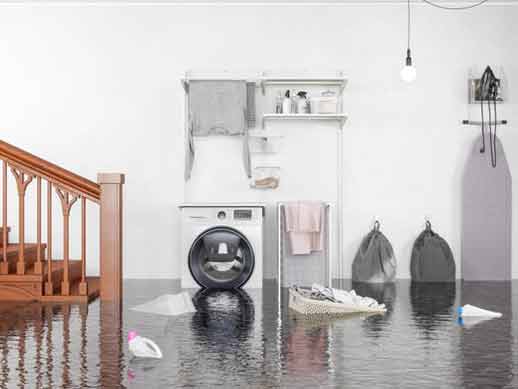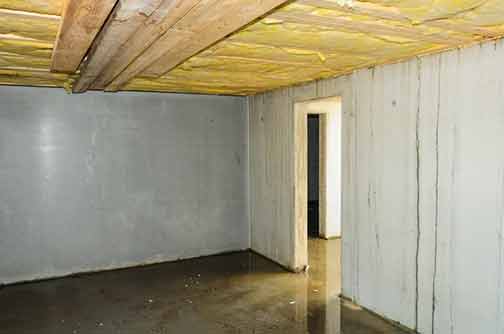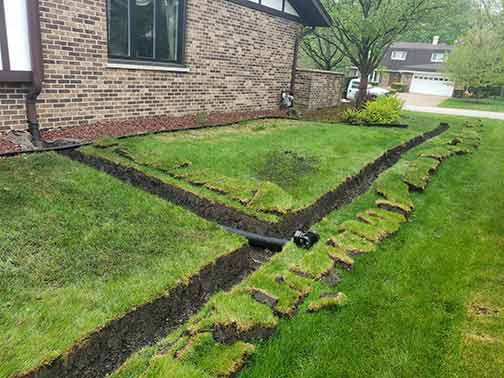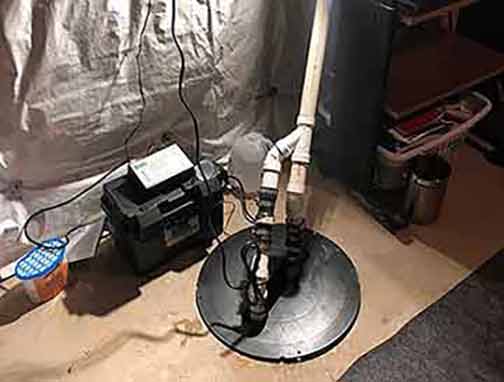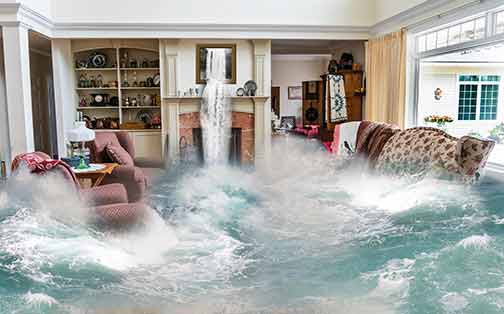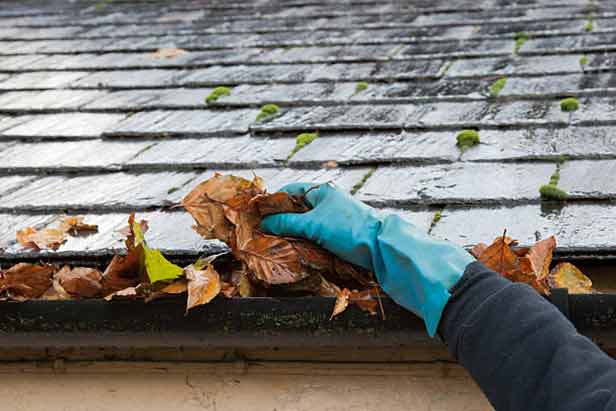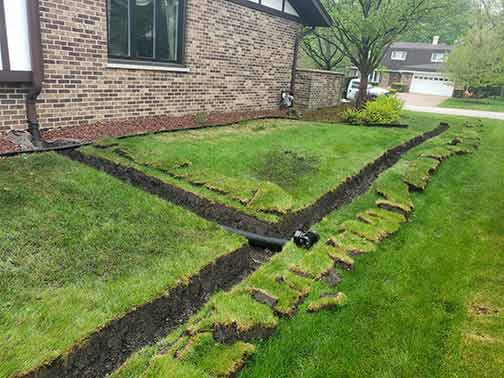Understanding the Importance of Basement Flood Defense
Basement flooding is a prevalent issue that many homeowners in the Chicagoland area face due to the region’s heavy rains and volatile weather patterns. The consequences of water intrusion into basements can be severe, affecting not only the structural integrity of homes but also the safety and well-being of those living within. The basement, often used for storage or as additional living space, houses valuable personal belongings and essential home systems like HVAC units and electrical panels. Flooding can lead to extensive damage, resulting in costly repairs and replacements.
Moreover, a damp environment can foster mold growth, posing health risks to the household. Thus, implementing robust flood defense strategies is not just about protecting property but also about ensuring a safe and healthy living environment. By understanding the unique risks associated with basement flooding in Chicagoland and adopting effective preventative measures, homeowners can safeguard their investments and enjoy peace of mind.
The Role of Sump Pumps in Basement Flood Defense
Sump pumps play a critical role in preventing basement flooding, acting as the frontline defense against water accumulation. These devices are engineered to collect and expel water from the sump basin, a pit designed to gather excess water that seeps into the basement. In areas like Chicagoland, where high groundwater levels are common, sump pumps are indispensable. They function by automatically activating when water levels in the basin reach a certain threshold, efficiently pumping water out and away from the home’s foundation. This proactive approach helps prevent water from reaching levels that could cause flooding.
A reliable sump pump system is an essential investment for homeowners, providing a safeguard against the unpredictable weather patterns and heavy rainfall that characterize the region. By efficiently managing water levels, sump pumps not only protect the structural integrity of homes but also contribute to maintaining a dry and healthy living environment.
Types of Sump Pumps: Choosing the Right One for Your Home
When it comes to selecting a sump pump, homeowners have several options, each offering distinct features and benefits. The choice of sump pump can significantly impact the effectiveness of a basement flood defense system. Submersible sump pumps, for instance, are designed to operate underwater, making them quieter and more efficient compared to other types. These pumps are installed within the sump basin and are ideal for homes where noise reduction is a priority. Pedestal sump pumps, on the other hand, have their motor mounted above the sump basin, making them easier to access for maintenance and repairs. This design is suitable for homeowners who prioritize ease of access over noise considerations.
Additionally, battery backup sump pump installations provide an essential layer of protection during power outages, a common occurrence during severe storms. These pumps ensure that the basement remains dry even when the primary pump is inoperable due to a lack of electricity. Choosing the right sump pump involves assessing the specific needs of your home and considering factors such as noise levels, accessibility, and the likelihood of power outages.
Expert Installation: Ensuring Optimal Performance
Professional installation of a sump pump is crucial to its performance and longevity. While some homeowners may consider installing a sump pump themselves, engaging a professional ensures that the system is set up correctly and operates at peak efficiency. Professionals have the expertise to position the sump pump optimally within the basement, connect it to the necessary drainage systems, and install additional features like check valves and alarms. These components enhance the system’s efficiency and reliability, providing early warnings of potential issues.
Moreover, experts can assess the unique characteristics of your basement, recommend the most suitable type of sump pump, and ensure that all components are compatible. Professional installation not only guarantees the optimal performance of the sump pump system but also extends its lifespan, providing homeowners with a reliable defense against basement flooding.
Maintenance Tips for Long-lasting Sump Pump Systems
Maintaining a sump pump system is essential for ensuring its durability and effectiveness. Regular maintenance can prevent unexpected breakdowns and costly repairs. Homeowners should conduct periodic inspections of the sump pump, checking for signs of wear or damage such as unusual noises, vibrations, or leaks. It is also important to inspect the discharge line for obstructions and ensure that the pump is free of debris that could impede its operation.
Testing the sump pump periodically, especially before the onset of the rainy season, can help identify any potential issues early on, allowing for timely repairs. Many experts recommend scheduling a licensed plumber to thoroughly inspect and maintain the sump pump system. This proactive approach helps ensure that the system remains in top working condition, ready to protect your home from flooding at any time.

Choosing the right sump pump involves assessing the specific needs of your home and considering factors such as noise levels, accessibility, and the likelihood of power outages.
Additional Flood Defense Strategies for Your Chicagoland Home
While sump pumps are a vital component of basement flood defense, they are most effective when used in conjunction with other flood prevention strategies. Homeowners can enhance their flood defense systems by implementing additional measures designed to keep water away from the home’s foundation. Installing a comprehensive drainage system around the property’s perimeter can effectively direct water away from the basement, reducing the risk of seepage.
Regular maintenance of gutters and downspouts is also crucial, as clogged or malfunctioning systems can lead to water pooling around the foundation. Sealing any cracks or gaps in the basement walls and floors can further prevent water intrusion, while a dehumidifier can help control moisture levels within the basement. These supplementary strategies work together to provide a comprehensive defense against basement flooding, ensuring that your home remains dry and secure.
Understanding Local Flood Risks and Preparedness
Chicagoland residents must be aware of the specific flood risks associated with their area to implement effective flood defense measures. Understanding the local climate, topography, and historical flood patterns can provide valuable insights into potential vulnerabilities. Staying informed about weather forecasts and flood warnings is crucial for timely preparedness, allowing homeowners to take proactive measures before a storm hits.
In addition to physical defenses, having an emergency plan in place is essential. This plan should include steps for securing valuables, evacuating the home if necessary, and ensuring the safety of all household members. By understanding local flood risks and being prepared, homeowners can minimize the impact of flooding and protect their homes and families from harm.
The Environmental Impact of Flood Defense Systems
When implementing flood defense systems, it is important to consider their environmental impact. Sump pumps, for example, consume electricity and contribute to energy use. Choosing energy-efficient models and using them judiciously can help minimize their environmental footprint.
Additionally, ensuring that drainage systems do not harm local waterways or ecosystems is a responsible practice. Homeowners can also explore sustainable landscaping options, such as rain gardens and the installation of French drains, to enhance natural water absorption and reduce runoff. These environmentally conscious practices not only protect the home but also contribute to the preservation of local ecosystems and resources.
Cost Considerations and Financial Assistance
The cost of installing and maintaining a sump pump system can vary depending on the type of pump, the complexity of the installation, and additional features. Homeowners should budget for both the initial installation and ongoing maintenance to ensure the system remains effective.
In some cases, financial assistance may be available through local government programs or insurance policies that cover flood prevention measures. Exploring these options can help alleviate the financial burden of implementing comprehensive flood defense systems.
Summing It Up
Investing in expert recommendations and solutions for basement flood defense is a wise decision for Chicagoland homeowners. By understanding the importance of sump pumps, choosing the right type, ensuring professional installation, and maintaining the system regularly, you can protect your home from the devastating effects of flooding. Additionally, implementing supplementary flood defense strategies and staying informed about local flood risks can further enhance your home’s resilience. With the right measures in place, you can enjoy a dry, secure, and comfortable basement, no matter the weather.





